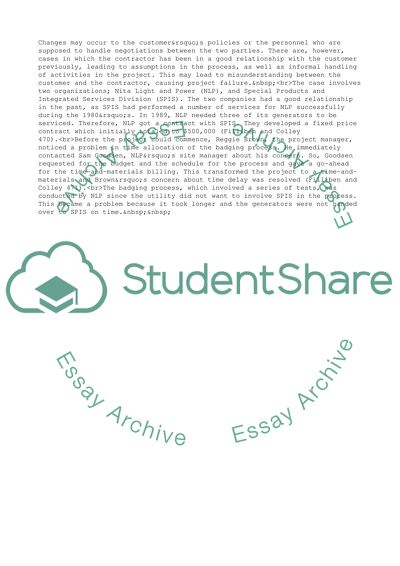Cite this document
(“The Project Manager/Customer Interface Essay Example | Topics and Well Written Essays - 2250 words”, n.d.)
Retrieved from https://studentshare.org/management/1591250-case-study-2
Retrieved from https://studentshare.org/management/1591250-case-study-2
(The Project Manager/Customer Interface Essay Example | Topics and Well Written Essays - 2250 Words)
https://studentshare.org/management/1591250-case-study-2.
https://studentshare.org/management/1591250-case-study-2.
“The Project Manager/Customer Interface Essay Example | Topics and Well Written Essays - 2250 Words”, n.d. https://studentshare.org/management/1591250-case-study-2.


